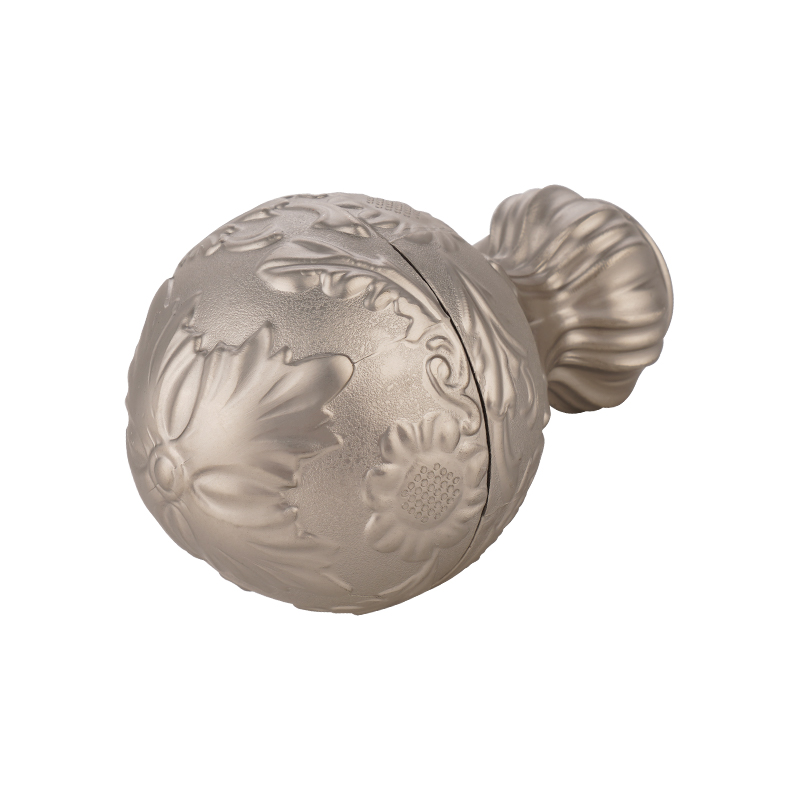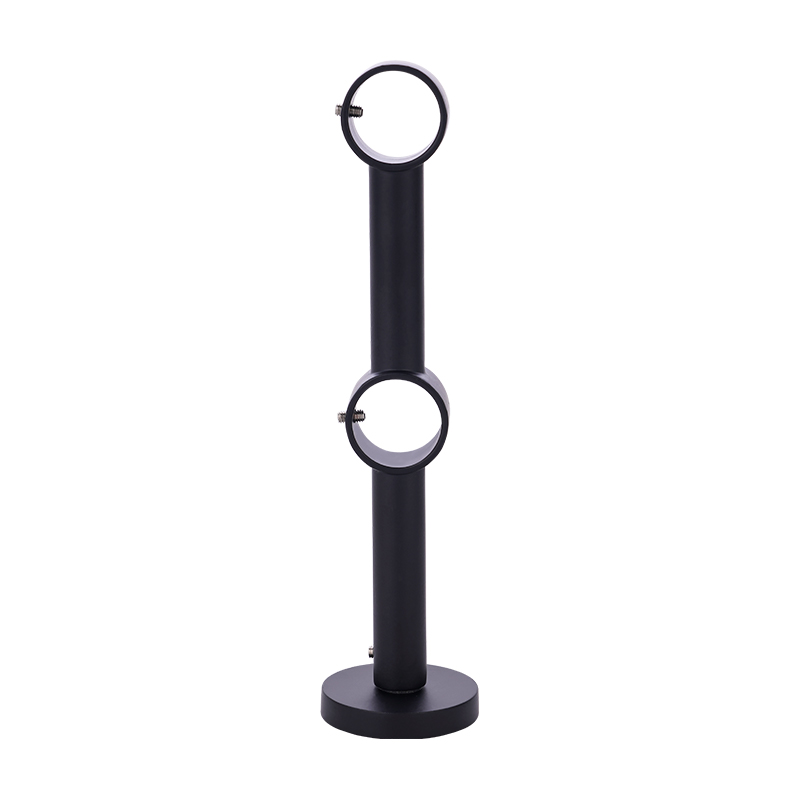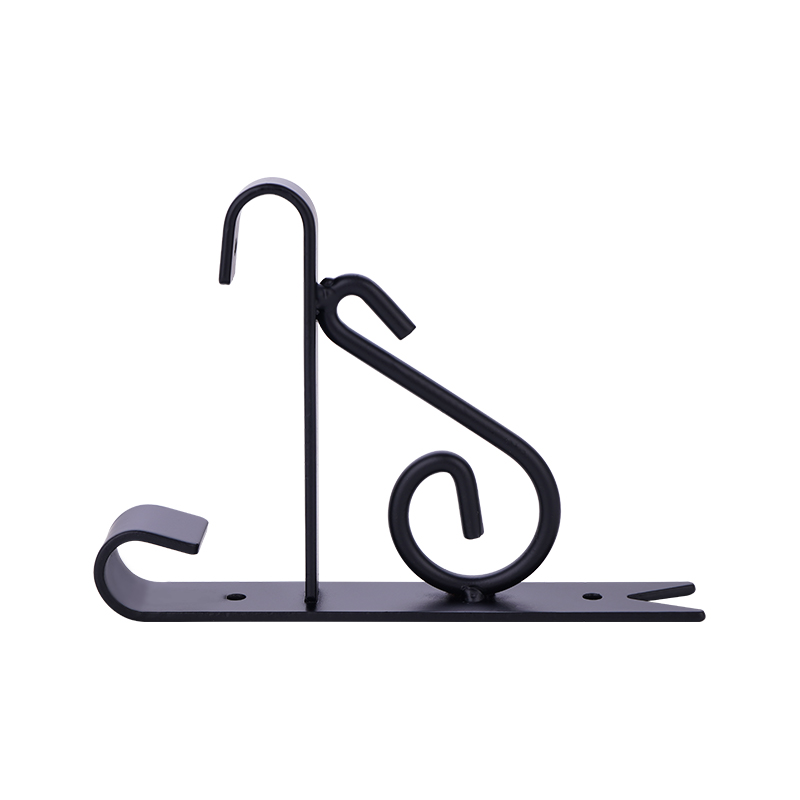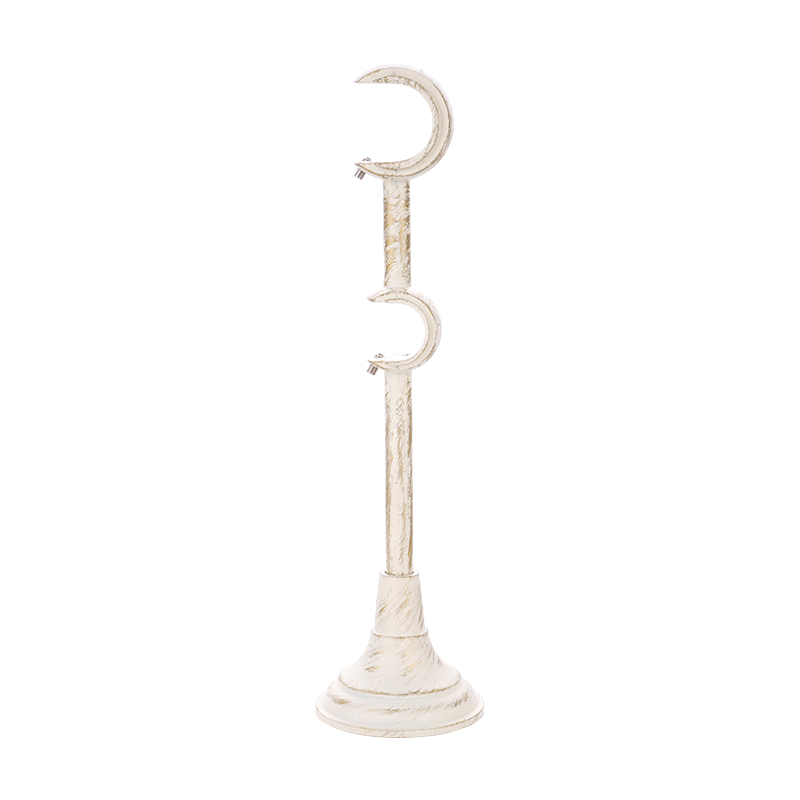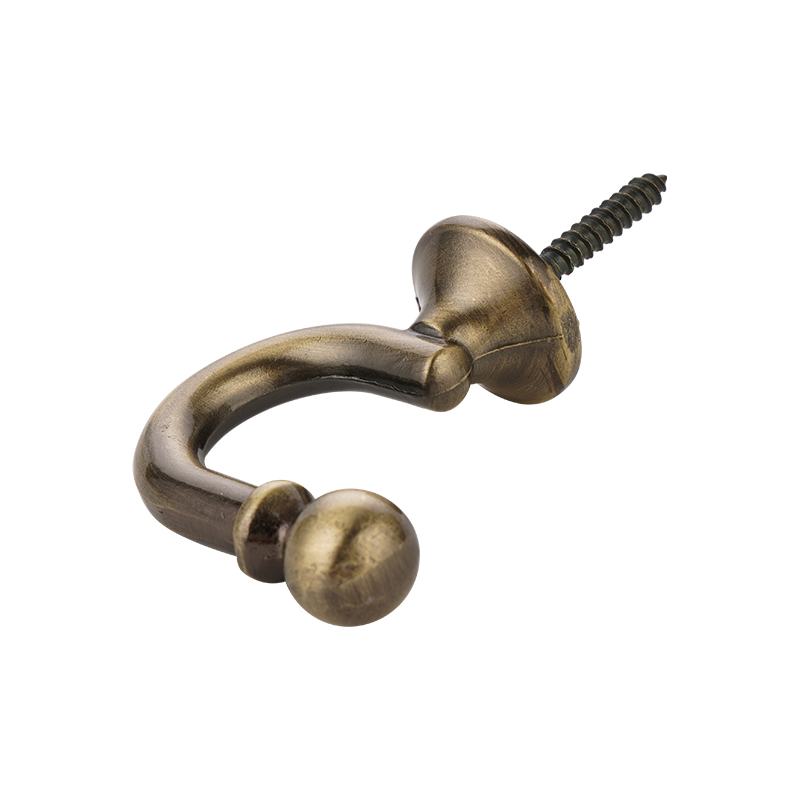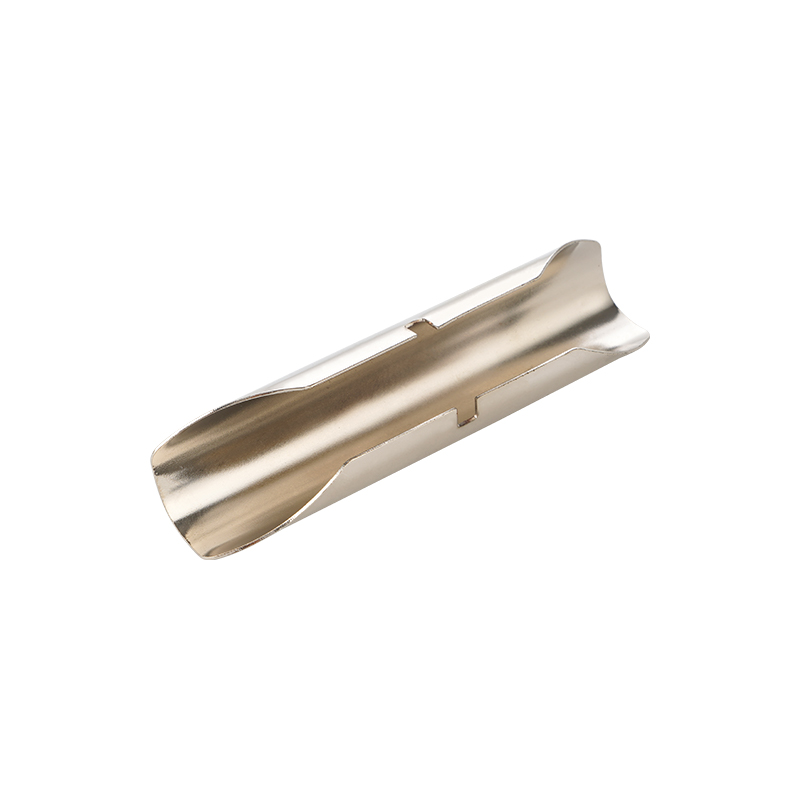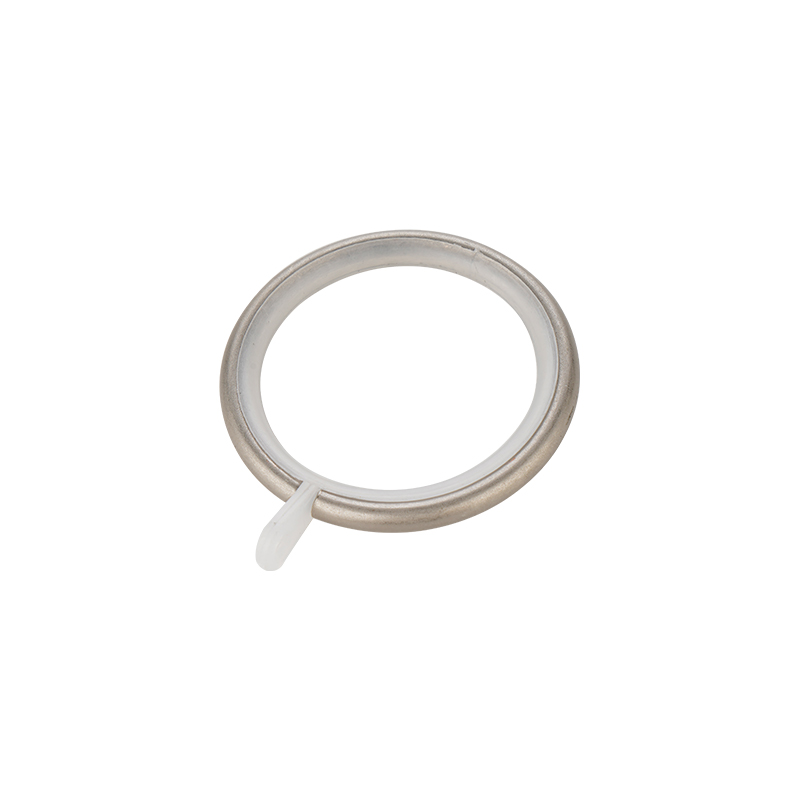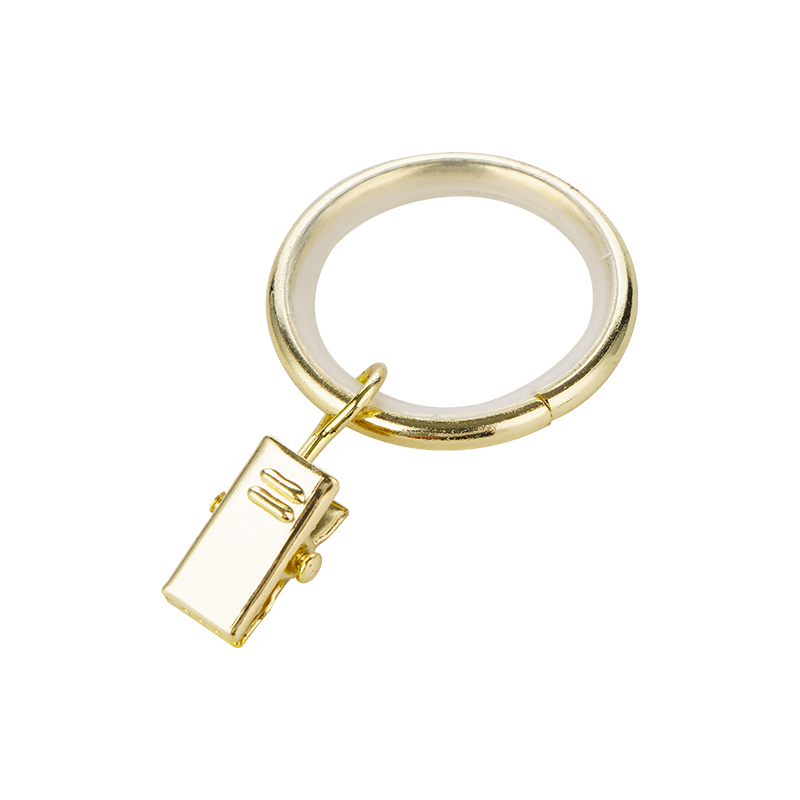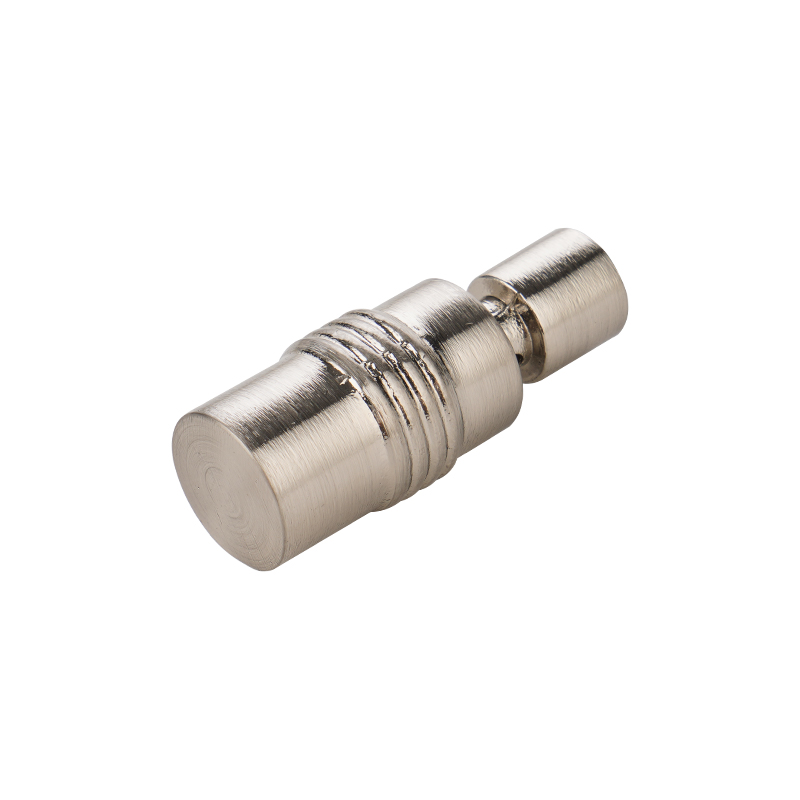Introduction to Curtain Brackets and Their Importance
Curtain brackets are essential components in interior design, serving as the primary support for curtain rods. They ensure that curtains remain in place, allow smooth operation, and contribute to the overall aesthetic of a room. The choice of material for curtain brackets directly affects their mechanical strength, load-bearing capacity, durability, and suitability for different environments. Understanding common materials and their characteristics helps homeowners, designers, and installers select the most appropriate brackets for specific applications.
Metal Brackets: Strength and Durability
Metal is the most commonly used material for curtain brackets due to its strength and ability to support heavy curtains. Common metals include stainless steel, aluminum, iron, and zinc alloys. Stainless steel offers high corrosion resistance and mechanical strength, making it suitable for humid or coastal environments. Aluminum is lightweight, resistant to corrosion, and easy to work with, but it may bend under excessive weight if not properly reinforced. Iron provides high load-bearing capacity but requires protective coatings, such as powder coating or paint, to prevent rust. Zinc alloys are often used in decorative brackets because they can be cast into intricate designs, although their strength is generally lower than steel or iron.
| Metal Type | Corrosion Resistance | Strength | Typical Use Cases |
|---|---|---|---|
| Stainless Steel | High | High | Bathrooms, kitchens, high-humidity areas |
| Aluminum | Moderate | Moderate | Living rooms, light to medium curtains |
| Iron | Low without coating | High | Traditional decorative settings, heavy curtains |
| Zinc Alloy | Low to moderate | Moderate | Decorative brackets, light to medium curtains |
Wooden Brackets: Aesthetic and Structural Considerations
Wooden brackets offer a natural and elegant appearance, making them popular for traditional and rustic interiors. Common wood types include oak, pine, and maple. Solid wood provides moderate to high strength and can support medium-weight curtains if the brackets are properly designed and installed. Engineered wood or laminated wood is also used, offering dimensional stability and resistance to warping. However, wooden brackets are sensitive to humidity and may expand, contract, or warp over time if not sealed or treated with protective finishes.
| Wood Type | Load-Bearing Capacity | Durability Consideration | Typical Applications |
|---|---|---|---|
| Oak | Moderate to high | Requires sealing for humidity | Classic or rustic interiors |
| Pine | Moderate | Susceptible to dents and moisture | Light to medium curtains |
| Maple | High | Stable under moderate humidity | Residential and decorative use |
| Engineered/Laminated | Moderate to high | Resistant to warping, consistent performance | Modern interiors, customizable designs |
Plastic and Composite Brackets: Lightweight and Versatile
Plastic and composite brackets are commonly used for lightweight curtains and smaller rods. They are easy to manufacture, affordable, and resistant to moisture and rust. However, their mechanical strength is lower than metal or solid wood, making them unsuitable for heavy drapery. Some high-grade composites combine plastic with reinforcing fibers or metal inserts, providing enhanced load-bearing capacity while maintaining the lightweight advantages of plastic. Plastic brackets are often used in bathrooms, kitchens, or temporary installations where exposure to water or humidity is a concern.
| Material Type | Strength | Moisture Resistance | Ideal Use |
|---|---|---|---|
| Standard Plastic | Low to moderate | High | Light curtains, temporary setups |
| Reinforced Plastic | Moderate | High | Medium-weight curtains, moderate humidity |
| Composite Materials | Moderate | High | Bathrooms, kitchens, DIY installations |
Coatings and Finishes: Enhancing Durability
Regardless of the base material, coatings and finishes play a critical role in extending the lifespan of curtain brackets. Powder coating, paint, and electroplating improve corrosion resistance and mechanical protection for metal brackets. Varnish or lacquer can protect wooden brackets from moisture and UV damage. Even reinforced plastics benefit from UV stabilizers to prevent yellowing or brittleness over time. Proper finishing ensures that brackets maintain their appearance and structural integrity, even under prolonged exposure to environmental stressors.
| Material Type | Typical Finish/Coating | Benefit |
|---|---|---|
| Metal | Powder coating, paint, electroplating | Prevents rust, enhances appearance |
| Wood | Varnish, lacquer, stain | Protects against moisture, prevents warping |
| Plastic/Composite | UV stabilizers, reinforced coatings | Reduces fading, improves load capacity |
Load-Bearing Considerations and Safety
The material of a curtain bracket directly impacts its ability to support different curtain weights. Metal brackets are preferred for heavy drapes or multiple layers, while wooden brackets are suitable for medium-weight curtains when properly installed. Plastic brackets are limited to lightweight curtains. Ensuring that brackets are securely anchored to the wall, using appropriate screws and wall plugs, further enhances safety and prevents accidental falls or damage.
| Bracket Material | Maximum Load Capacity | Suitable Curtain Type |
|---|---|---|
| Stainless Steel | High | Heavy drapes, layered curtains |
| Aluminum | Moderate | Medium-weight curtains |
| Iron | High | Heavy curtains, decorative rods |
| Wood | Moderate to high | Medium-weight curtains |
| Plastic/Composite | Low to moderate | Light curtains |
Environmental Considerations
Curtain brackets are exposed to varying environmental conditions, including humidity, temperature changes, and sunlight. Metals like stainless steel and aluminum resist corrosion in humid areas, while coated iron requires protection. Wood and engineered wood should be sealed to prevent moisture absorption, which could lead to warping or cracking. Plastic brackets are inherently moisture-resistant but may fade or weaken under prolonged UV exposure. Choosing the right material for the environmental conditions of a room ensures durability and minimizes maintenance requirements.
| Material Type | Resistance to Humidity | Resistance to UV/Light | Recommended Environment |
|---|---|---|---|
| Stainless Steel | High | Moderate | Bathrooms, kitchens |
| Aluminum | Moderate | Moderate | Living rooms, moderate humidity |
| Iron | Low without coating | High if coated | Dry indoor spaces |
| Wood | Low to moderate | Low to moderate | Indoor living areas, treated wood |
| Plastic/Composite | High | Moderate | Bathrooms, kitchens, indoor |


